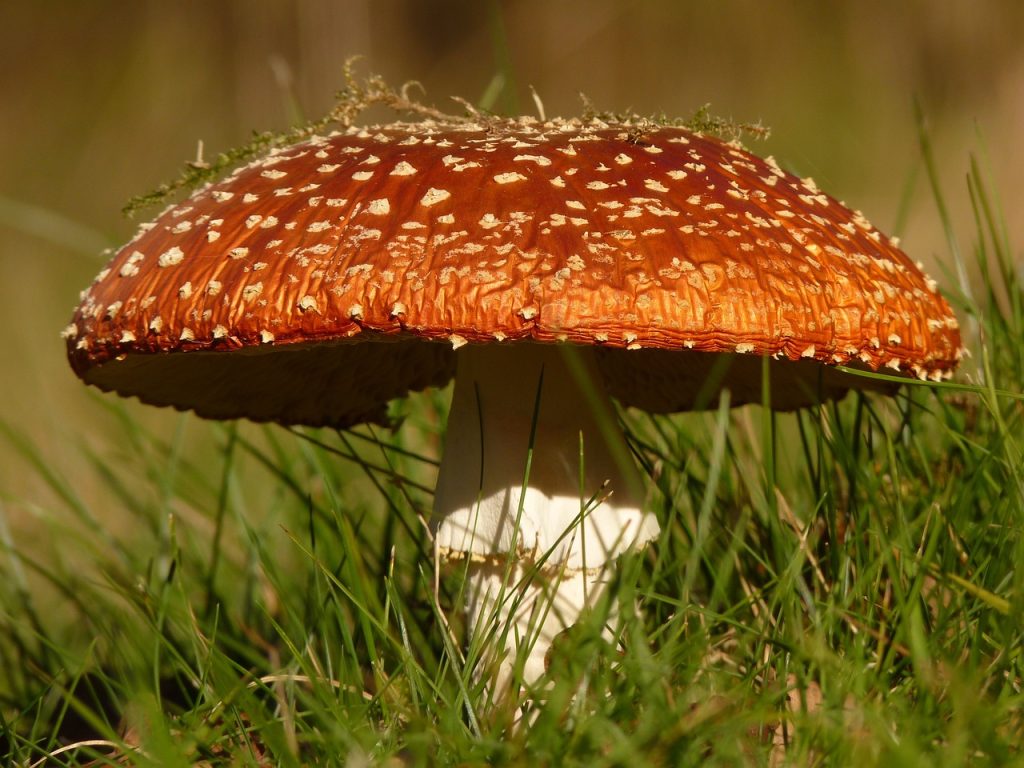One of the most fascinating aspects of the fly agaric mushroom, or Amanita muscaria, is its historical use in shamanic rituals across various cultures. Although primarily associated with Siberian tribes and the indigenous peoples of North America, it’s important to note that this psychoactive fungus was also revered and utilized by spiritual leaders throughout Europe and Asia. As a crucial element in reaching altered states of consciousness, the fly agaric mushroom played a significant role in these ancient practices.

Shamans would consume Amanita muscaria during their rituals to enter trances where they could communicate with spirits or travel to other realms. This process was believed to be essential for healing purposes, as well as receiving guidance from ancestors or deities who could offer wisdom on pressing matters facing their communities. Interestingly enough, some accounts suggest that shamans would sometimes share these experiences by allowing others to partake in their urine – an act which only served to heighten the potency of the mushrooms’ psychoactive properties.
The vibrant red cap with white spots that we associate with Amanita muscaria today can be seen depicted in ancient artworks from various cultures around the world; a testament to its long-standing cultural significance. For example, many historians believe that Viking berserkers may have consumed this powerful hallucinogen before entering battle as a way to achieve heightened strength and courage. Similarly, there are theories suggesting that certain passages within Hindu texts such as Rigveda allude to fly agaric mushrooms being used for spiritual purposes.
One particularly interesting aspect surrounding shamanic use of Amanita Muscaria is how closely it ties into various mythologies and folklores; perhaps most notably within Christmas traditions. While it’s difficult to pinpoint exactly when our modern-day holiday celebrations began incorporating elements inspired by ancient shamanic rituals involving fly agarics (such as Santa Claus’ red suit or his reindeer), there’s no denying the striking similarities.
It’s important to remember that while shamanic use of Amanita Muscaria was once commonplace in many cultures, the practice has largely been lost or abandoned due to various factors – including religious persecution and the introduction of other hallucinogens. However, interest in this storied fungus is far from waning; as people continue to explore its historical significance and potential applications within modern contexts. As we delve deeper into our understanding of Amanita muscaria and its role within ancient shamanic rituals, we are reminded of the rich tapestry that connects us to our ancestors and their profound relationship with nature.
